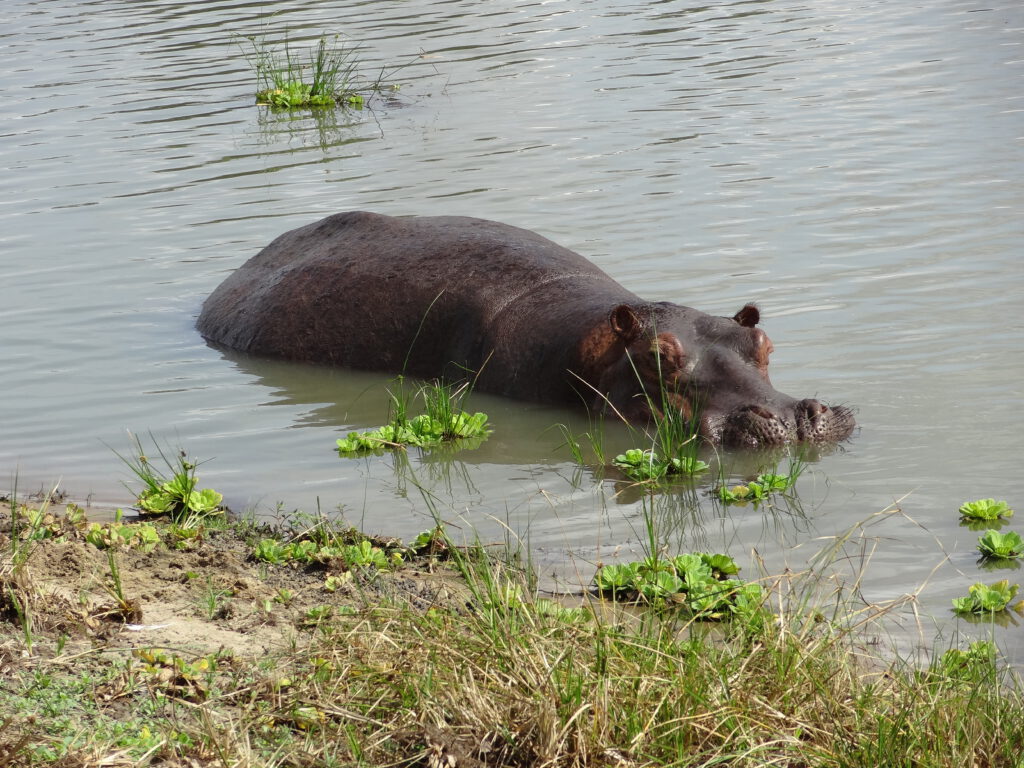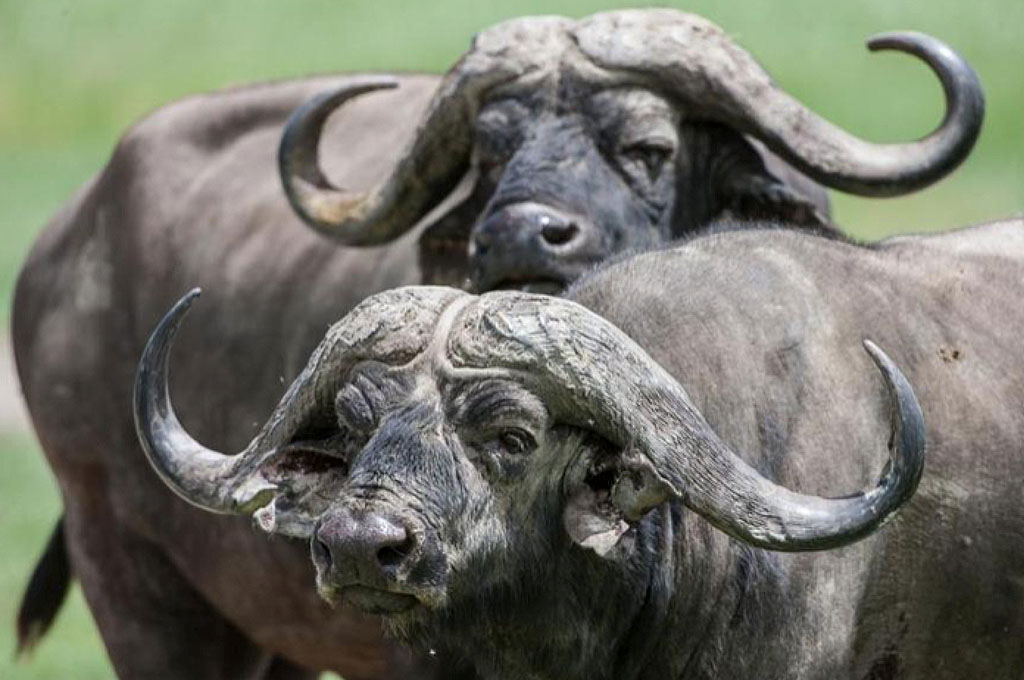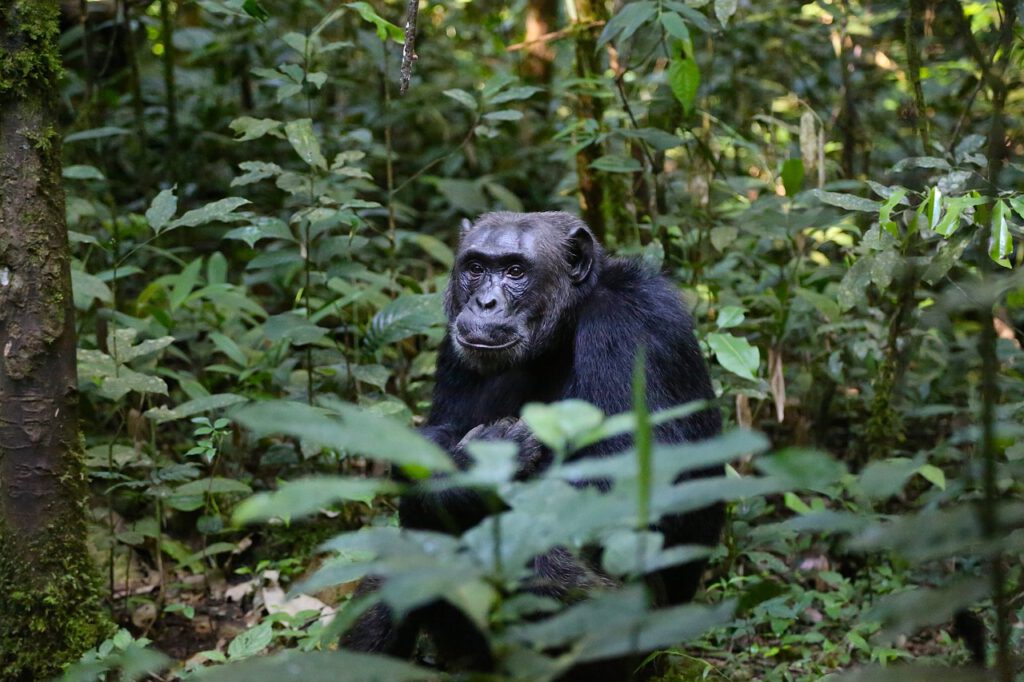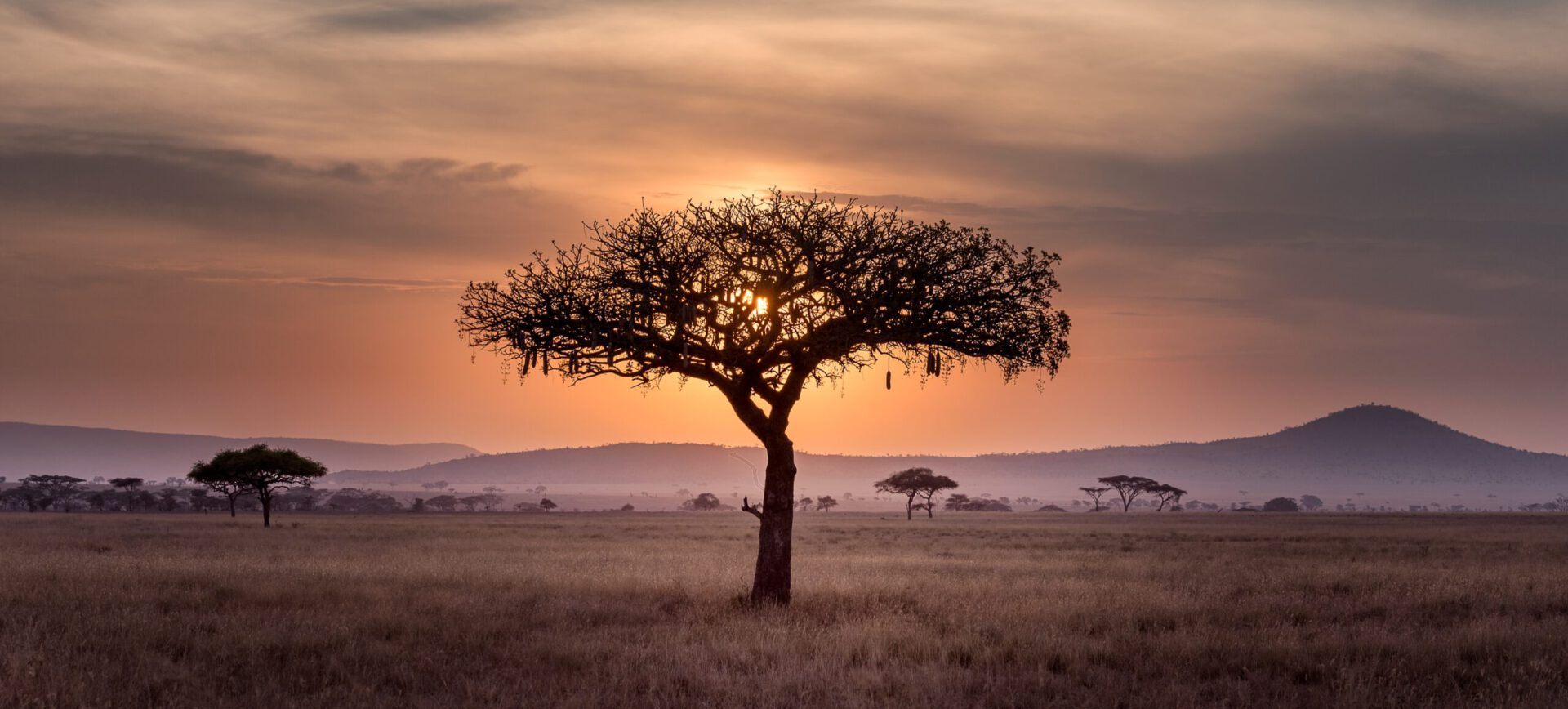
The Serengeti is an expansive and famous ecosystem in East Africa, primarily in Tanzania and extending into Kenya. It’s renowned for its diverse wildlife and the spectacular Great Migration, where millions of animals move across the plains in search of fresh grazing. The Serengeti National Park, established in 1951, covers nearly 15,000 square kilometers and offers incredible safari experiences, showcasing an abundance of wildlife amidst breathtaking landscapes.

Ngorongoro Crater is a UNESCO World Heritage Site famous for its natural beauty and high wildlife concentration. This volcanic caldera is home to diverse species, offering stunning safari experiences amidst its enclosed landscapes. The area provides a unique opportunity to witness abundant wildlife within a spectacular setting.

Lake Manyara in northern Tanzania is a diverse national park known for its birdlife, tree-climbing lions, and scenic landscapes. The park surrounds an alkaline lake attracting flamingos and pelicans. It offers compact yet rich safari experiences with diverse habitats and unique tree-climbing lions, making it a must-visit destination for nature and wildlife enthusiasts.

Tarangire National Park is famous for its large herds of elephants and diverse landscapes. This park boasts baobab-studded landscapes, riverine habitats, and sprawling grasslands attracting a variety of wildlife, including wildebeests, zebras, giraffes, and numerous bird species.

Kilimanjaro National Park is famed for Mount Kilimanjaro, Africa’s highest peak. The park features diverse ecological zones, from rainforests to glaciers. Climbing Kilimanjaro offers a unique journey through varied landscapes, making it a sought-after destination for adventurers and nature lovers.

Arusha National Park in northern Tanzania offers diverse landscapes and wildlife within a compact area. Highlights include Mount Meru and the picturesque Momella Lakes. Visitors can enjoy game drives, hikes, and canoeing, making it an ideal destination to experience Tanzania’s natural beauty and wildlife diversity.

Mikumi National Park boasts diverse wildlife and picturesque savanna landscapes. It’s part of the expansive Selous Ecosystem and offers easy access from Dar es Salaam, making it a convenient destination for experiencing Tanzania’s wildlife and stunning vistas.

Selous Game Reserve in southern Tanzania is one of Africa’s largest protected areas, celebrated for its vast wilderness and diverse wildlife. This UNESCO World Heritage Site offers exceptional game viewing opportunities, including boat safaris along the Rufiji River, providing a genuine and captivating safari experience in a pristine and expansive setting.

Ruaha National Park in central Tanzania is the country’s largest park, renowned for its remote wilderness and diverse wildlife. With its rugged landscapes and abundant animal populations, including elephants and big cats, Ruaha offers an off-the-beaten-path safari experience in a stunning natural setting.

Katavi National Park in western Tanzania is a remote and untouched wilderness, known for its vast plains and abundant wildlife. With limited visitors, this park offers an exclusive and authentic safari experience in a pristine natural setting. It’s home to vast herds of buffalo, elephants, and diverse predator populations, including lions and crocodiles.

Gombe Stream National Park in western Tanzania is renowned for its connection to Dr. Jane Goodall’s groundbreaking research on chimpanzees. It’s a small yet significant park where visitors can witness these fascinating primates in their natural habitat, continuing the legacy of Goodall’s extraordinary work.

Saadani National Park, situated on the coast of Tanzania, is the only national park in East Africa that borders the Indian Ocean. This unique location allows for an extraordinary blend of wildlife, beach, and marine experiences. Visitors can witness a diverse range of animals, including elephants, lions, hippos, and numerous bird species, against the backdrop of picturesque beaches and rolling hills.
